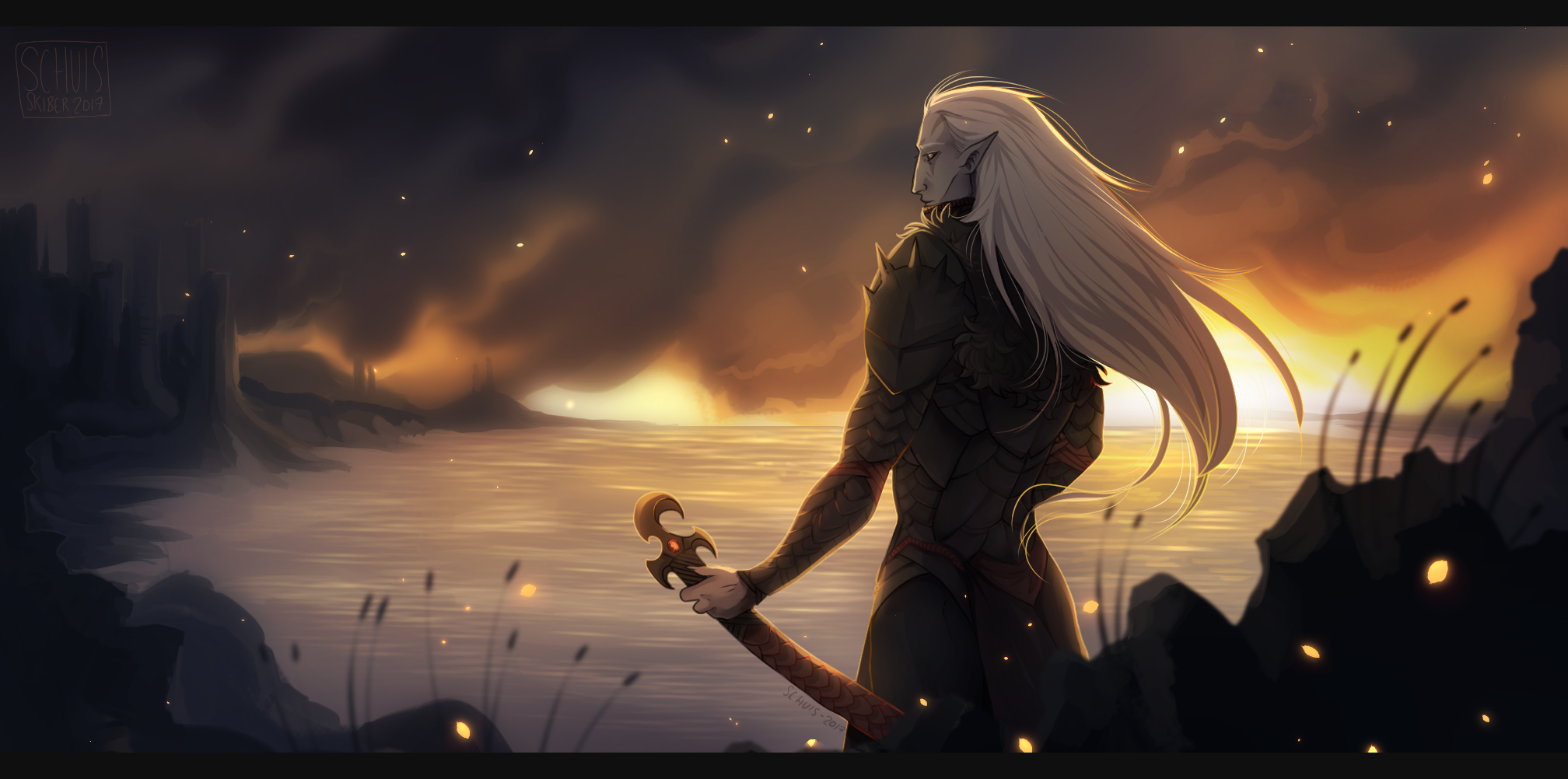

However, increased flooding and salinization is leading to the death of the trees and their replacement by species that are better adapted to the new conditions. This is an ephemeral stage in the degradation pathway from coastal forest to marsh that is driven by climate change-induced sea level rise and saltwater intrusion.Ĭoastal forests are primarily occupied by large tree species, such as bald cypress, pine, eastern red cedar, and tupelo-gum, which can tolerate wet soils and low-level salinity. White: Ghost forests are sentinels of coastal climate change that are characterized by the presence of dead, yet still standing, tree trunks and low-growing, salt-tolerant grassy and shrubby plants. Here they discuss ghost forests – that special place where land and sea merge – and their project, which merges the arts and sciences. The “Ghosts of the Coasts” project is led by environmental sciences professor Cora Johnston Baird, site director at UVA’s Anheuser-Busch Coastal Research Center, and environmental sciences research associate Elliott White Jr.

University of Virginia environmental scientists, who study this interaction between sea and land and how it affects broader ecosystems, are taking on a new project: they are collaborating with artists on the Eastern Shore to reveal the phenomenon of ghost forests, to showcase their eerie beauty and to raise awareness of our changing coastal environments.Ī virtual gallery opens Sunday at.

Eastern Seaboard and the Gulf of Mexico, are dying due to the increasing salinity of the groundwater, and the landscape is slowly transitioning to salt-tolerant marshland. The term “ghost forests” might sound like something from a Halloween movie, but these ghosts actually exist along low-lying shores, where rising seas infiltrate coastal forests.


 0 kommentar(er)
0 kommentar(er)
